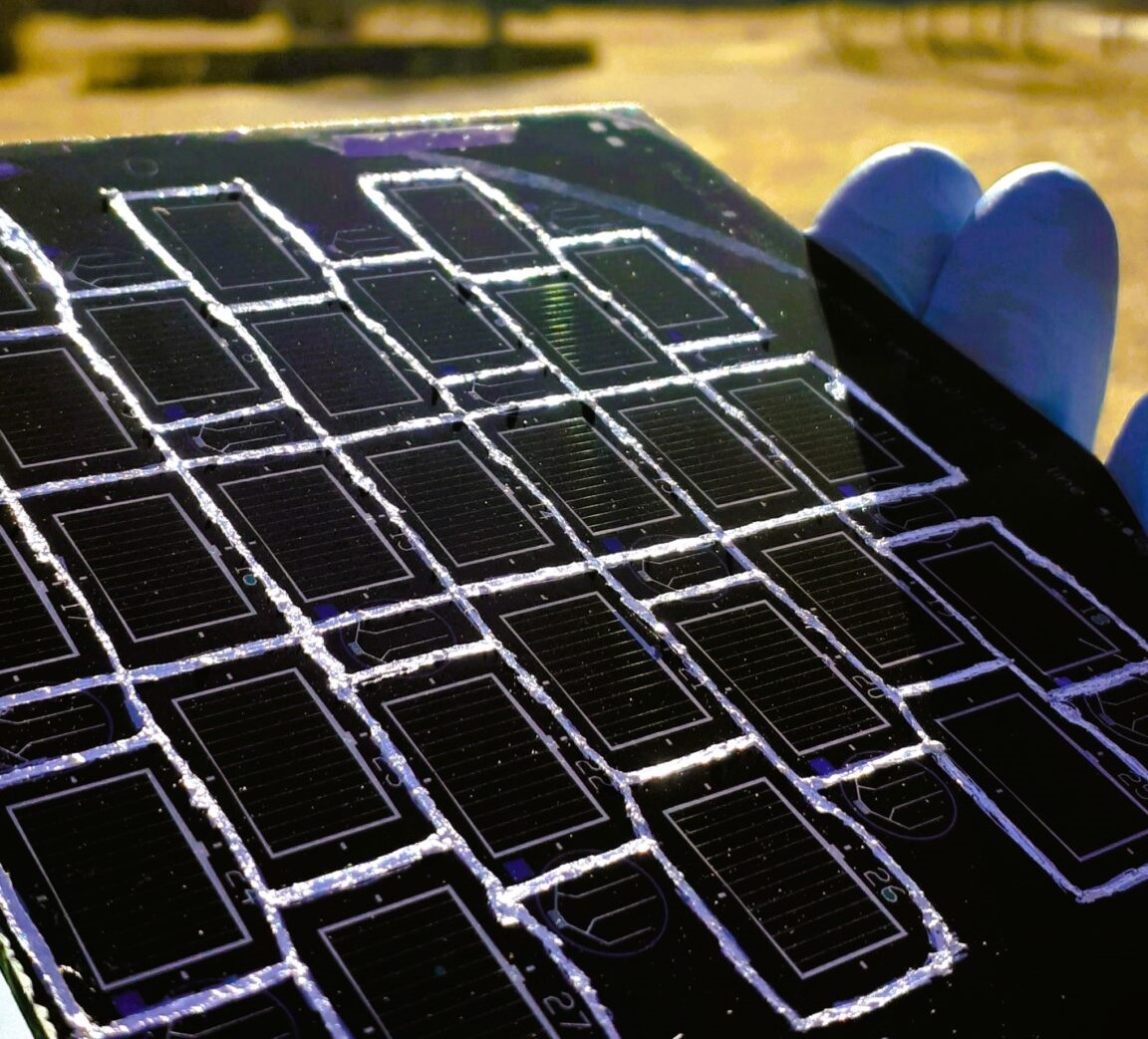Swedish PV manufacturer First Solar European Technology Center AB, a unit of US-based thin-film solar module producer First Solar, and Uppsala University have presented a new solar cell based on copper, indium, gallium and diselenide (CIGS) technology.
The First Solar European Technology Center was formerly known as Evolar, a company founded in 2019 from now-insolvent CIGS thin-film manufacturer Solibro. It was then acquired by First Solar in May 2023. The company focuses on developing solutions, including manufacturing equipment, to commercialize tandem solar technology with perovskite thin films.
The new solar cell achieved a maximum power conversion efficiency of 23.75% and a certified efficiency of 23.64%, thus beating the previous world record of 23.35% achieved in 2019 by Japan's Solar Frontier. Germany's Fraunhofer Institute for Solar Energy Systems (Fraunhofer ISE) confirmed the result.
“We achieved this by combining four different approaches,” the research's lead author, Jan Keller, told pv magazine. “We added a relatively high concentration of silver to the absorber and implemented a ‘hockey stick'-like gallium (Ga) depth profile. Furthermore, we tailored a rubidium fluoride (RbF) post-deposition treatment (PDT) to the absorber composition and subjected the absorber to extended illumination.”
These processes, according to the research team, were able to improve the microstructure, reduce the defect density and mitigate band gap fluctuations, passivate the absorber surface and increase the doping density. “Overall, this led to a reduced open-circuit voltage deficit, resulting in a high external radiative efficiency of 1.6%,” Keller added.
Presented in the study “High-concentration silver alloying and steep back-contact gallium grading enabling copper indium gallium selenide solar cell with 23.6% efficiency,” which was recently published in nature Energy, the cell was built with a glass substrate coated with molybdenum (Mo), sodium fluoride (NaF) layer, the CIGS absorber, the RbF layer, a cadmium sulfide (CdS) buffer layer, a window layer of zinc oxide (i-ZnO), an aluminum doped zinc oxide (ZnO:Al) film, and an anti-reflective coating based on magnesium fluoride (MgF2).
Popular content
The scientists explained that they used a relatively high amount of silver in the absorber and placed a ‘hockey stick ’-like gallium profile with a high Ga concentration close to the Mo back contact and a lower, constant concentration in the region closer to the CdS buffer layer. They also applied a standard RbF post-deposition treatment (PDT), which they said allowed to reduce the thickness of the CdS buffer layer to 25 nm.
“Our study demonstrates that CIGS thin-film technology is a competitive alternative as a stand-alone solar cell. The technology also has properties that can function in other contexts, such as the bottom cell of a tandem solar cell,” the research team said.
Looking forward, the scientists said they could raise the cell efficiency to over 25%. This should be achieved by avoiding parasitic absorption in the window and buffer layers, while maintaining the same open-circuit voltage and fill factor levels. “To go beyond this level, the absorber quality has to be further improved and external radiative efficiency (ERE) values much higher than 1.6% need to be realized to further reduce the open-circuit voltage deficit and the ideality factor,” they concluded.
This content is protected by copyright and may not be reused. If you want to cooperate with us and would like to reuse some of our content, please contact: editors@pv-magazine.com.



2 comments
By submitting this form you agree to pv magazine using your data for the purposes of publishing your comment.
Your personal data will only be disclosed or otherwise transmitted to third parties for the purposes of spam filtering or if this is necessary for technical maintenance of the website. Any other transfer to third parties will not take place unless this is justified on the basis of applicable data protection regulations or if pv magazine is legally obliged to do so.
You may revoke this consent at any time with effect for the future, in which case your personal data will be deleted immediately. Otherwise, your data will be deleted if pv magazine has processed your request or the purpose of data storage is fulfilled.
Further information on data privacy can be found in our Data Protection Policy.